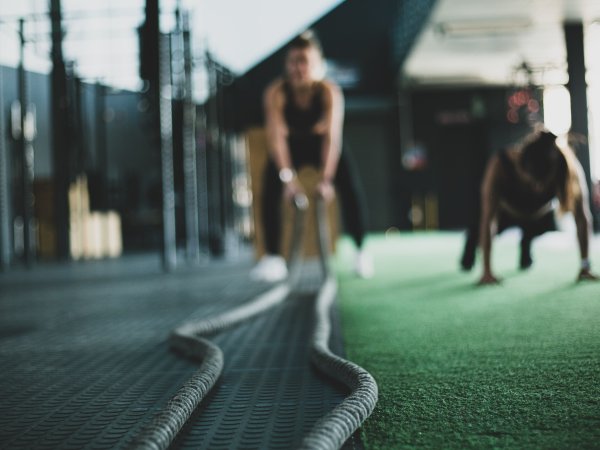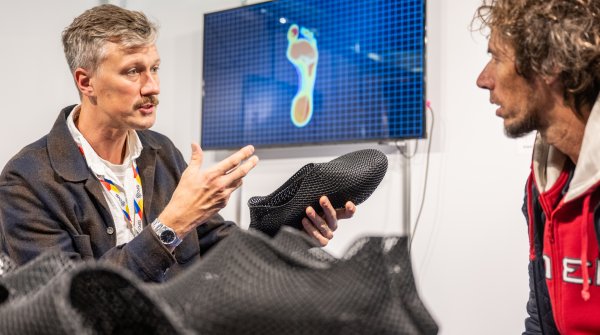- short-distance running
- fast cycling
- high-intensity interval training
- bodybuilding
- power-building
- tabata
- exercise on sports machines.
Retailers and fitness equipment brands can create specialized product lines such as sprint-focused footwear, compact HIIT kits, Tabata timers, and resistance machines for home use to tap into the anaerobic training trend.
Let’s first consider “anaerobic training” meaning in simple terms, because non-professional athletes are unlikely to have the necessary knowledge of human physiology.
Anaerobic workouts mainly engage fast muscle fibres that can function without the help of additional inhaled oxygen but only for a short period. During such training, physical activity is performed at a sufficiently high intensity. Anaerobic training takes ATP (Adenosine Triphosphate - also known as the energy currency of the body) and glycogen from the muscle cells, while on the other hand, during aerobic training, the body primarily uses oxygen to produce energy. Any anaerobic exercise typically lasts for about 1.5–2 minutes, after which the body starts using inhaled oxygen to break down glucose and fatty acids to produce energy. All such exercises are alternated with short breaks, which allow the body to replenish the lack of oxygen.
Sportswear companies and health brands can address the specific needs of anaerobic athletes by offering breathable gear and heating drinks that facilitate such intensive training.
Many scientists claim that it’s enough to perform anaerobic exercise to burn fat and that it stimulates weight loss even more than aerobic exercises. The reason is that your metabolism runs at an accelerated rate for a long time even after the workout is over, when your body is in recovery mode. So in comparison with cardio exercises, anaerobic exercise burns fat much faster and such a weight loss is of better quality.
Interestingly, while performing such intense exercises, it’s possible to burn more than 450 calories per hour.However, the main goal of such a workout is to build muscle mass.
It is important to note that while doing anaerobic exercises, we force our body to its maximum. Therefore, it’s important to alternate between warm-up, exercise and pausing to achieve results and not harm your overall health.
Such workouts help to get rid of excess weight faster, disperse congestion, pump up muscles, and achieve a well-defined physique. However, excessive overloading is dangerous and can provoke disorders of the respiratory or cardiovascular system. That’s why anaerobic loads should be performed under the careful supervision of a trainer.
This is where fitness centres have an opportunity. Fitness centres can come up with trainers that can help individuals choose a program specifically for their body type and facilitate them to perform such exercises correctly. This can prove to be a great value addition to the consumers and thus fitness centres can eventually make a business out of it.
Group classes are another rising trend that fitness centres can capitalize on while facilitating anaerobic training.
Let’s look at how anaerobic workouts affect our body:
- It promotes the production of anabolic hormones, growth hormones, and the strengthening of muscle mass.
- It fosters strength and endurance in an individual.
- It helps to regulate blood sugar levels and reduces the risk of diabetes.
- It speeds up the metabolic process manifold.
- It reduces toxins and waste products.
- It accelerates the fat-burning process due to high-calorie loss during exercise. It builds an athletic silhouette.
Other benefits of anaerobic training include improvement of the immune and musculoskeletal systems.
For the best effects of anaerobic training, it’s recommended to combine it with aerobic exercises and proper nutrition. Increasing the protein amount in your nutrition will accelerate the acquisition of results.
With the growing adoption of such exercises globally, it is a good time for product companies to come up with protein substitutes that individuals undergoing such exercises can easily include in their diets.
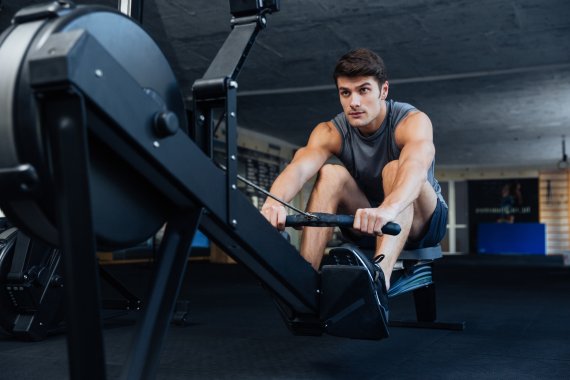
Anaerobic exercises include all short-term, intense activities that are accompanied by maximum muscle tension. Some examples include:
- Short-distance running,
- Fast cycling,
- High-intensity interval training,
- Bodybuilding,
- Power-building,
- Tabata,
- Exercise on sports machines.
Anaerobic training methods also include any type of jumping, for example, jumping jacks, burpees and jumping rope.
Choosing anaerobic training exercises for yourself, it’s important to understand: if you want to become stronger or just lose weight. Choosing one type of exercise will not lead you to your desired goal. Often the predominance of one type of anaerobic training is the reason for insufficient weight loss or absence of the desired relief.
If you're building for the future of sports and outdoor sector, health, fashion, or tech, here’s where anaerobic training opens up real opportunities:
- Reimagine Products: Think of compact gym setups, smart anaerobic trackers, and high-intensity breathable apparel that help the athlete achieve their maximum potential.
- Level Up Retail: Launch ready-to-go HIIT kits, sprint essentials, and products that enable consumers to perform such exercises anytime, anywhere.
- Market Smarter: Focus your messaging on intense training, faster results, and smarter recovery.
- Build Smarter Tech: Create trackers and apps that not only measure anaerobic bursts but also guide recovery, personalize workouts, and help users achieve peak performance effortlessly.
Anaerobic training is more than a workout method. It represents a significant opportunity for brands that want to lead the evolution of time-efficient, high-performance lifestyles. Innovation, customer education, and product specialization will be key drivers in capturing this market.
With regard to innovation and product specialization, it is worth recalling what Grace McNamara, CEO of The Collective once said at ISPO Munich, “Companies must aim to convert screen time into active time by making activities immersive, fun, and movement-based.”
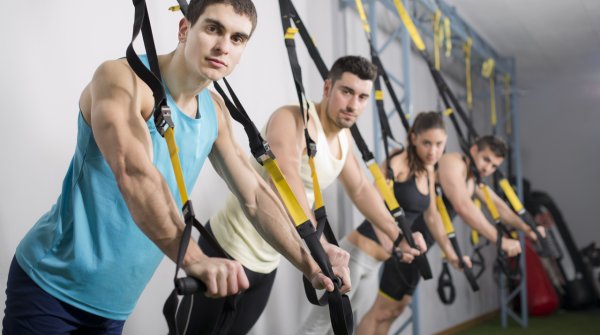 Know-HowThe 11 Best TRX Exercises
Know-HowThe 11 Best TRX Exercises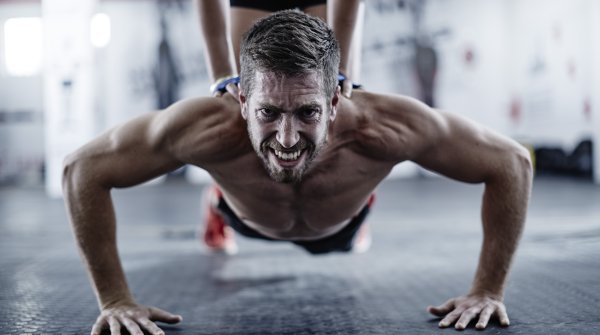
- ISPO awards
- Mountain sports
- Bike
- Design
- Retail
- Fitness
- Health
- ISPO Job Market
- ISPO Munich
- ISPO Shanghai
- Running
- Brands
- Sustainability
- Olympia
- OutDoor
- Promotion
- Sports Business
- ISPO Textrends
- Triathlon
- Water sports
- Winter sports
- eSports
- SportsTech
- OutDoor by ISPO
- Heroes
- Transformation
- Sport Fashion
- Urban Culture
- Challenges of a CEO
- Trade fairs
- Sports
- Find the Balance
- Product reviews
- Newsletter Exclusive Area
- Magazine
